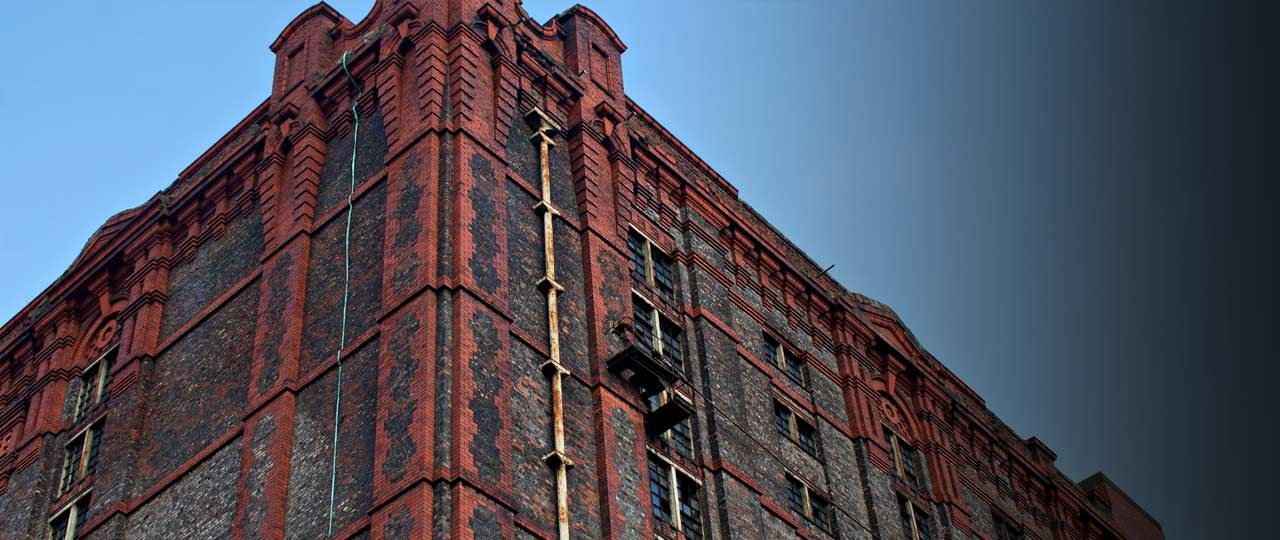
There are increasing calls for new homes to be built on brownfield rather than greenfield sites. But the costs and benefits of brownfield development aren’t as clear cut as they may seem…
With 300,000 new homes needing to be built every year in the UK, the pressure is mounting to find new sites for development. The Campaign to Protect Rural England has called for the government to be more proactive in encouraging development on brownfield sites rather than open countryside and green belt land.
Most people would agree that broadly speaking, building on a brownfield site is better than building on a greenfield site. In reality, the situation is more complex.
Let’s start with a few definitions:
A brownfield site refers to previously developed land, which is or was occupied by a permanent structure.
A greenfield site refers to ANY land that hasn’t been previously developed. This could be ancient woodland, grassland, or agricultural land.
The “green belt” is a planning designation that aims to check urban sprawl, prevent neighbouring towns from merging into one another, to assists in safeguarding the countryside from encroachment, and to protect the setting and special character of historic towns. Green belt land may include fields, meadows and woods but also land which is intensively farmed and, in some cases, brownfield sites such as former industrial buildings and abandoned mines.
While the green belt has done a good job in preventing uncontrolled urban sprawl, it has in some areas become something of a straight-jacket and contributed towards house price growth and chronic affordability issues.
The benefits of building on brownfield land
Many brownfield sites are located in existing towns and cities. This means that much of the infrastructure needed for new homes, such as transport and utilities, is already in place, which can reduce developer costs and timescales.
Development of large brownfield sites can visually transform a neighbourhood and have economic benefits. The transformation of contaminated industrial land in East London to create the Queen Elizabeth Olympic Park, the area around Manchester City’s stadium, formerly the site of the Commonwealth Games, and the more recent development of the Gasholders site near King’s Cross, London, are three successful examples.
Smaller derelict sites can also provide opportunities for small-medium housebuilders to improve the local landscape of a street or community. And, of course, the more houses we build on brownfield sites, the less we have to build on previously undeveloped greenfield sites.
Why it’s not quite that easy…
Unfortunately, it’s not quite as simple as restricting all development to brownfield land.
Firstly, the cost of building on brownfield land can be significant, particularly on old industrial sites where the costs of decontamination can be very significant.
Secondly, on a national scale, there’s an imbalance between the areas of extensive brownfield land and areas of high housing demand. Large brownfield sites are often found in parts of the country that have experienced weaker economic growth (e.g. some of the former industrial towns of the North, the Midlands, and south Wales), where house prices are lower and there’s less demand for housing.
Of course, this isn’t always the case. But sites in higher-value areas (such as the Home Counties around London), which aren’t contaminated tend to be snapped up by developers – the areas left are those which aren’t considered economically viable to develop.
So, what’s the solution? A re-balancing of the economy so that regional cities can realise their true potential is clearly important but that won’t be achieved overnight. It’s natural for developers to follow the path of least resistance and choose a cheap-to-develop greenfield site over a brownfield site. But equally, it’s unreasonable to expect a developer to take on a high-risk project where the housing market won’t support the potential costs of remediation.
Perhaps local or national funding could help bridge some of these costs, but it can be difficult to justify these projects when there are so many demands on the public purse, especially when it can be difficult to predict exactly how much the clean-up will cost.
The actual environmental benefits also need to be taken into consideration when choosing sites for new homes. Brownfield sites may not always look pretty, but they are often more ecologically diverse than greenfield land, particularly land that’s those that have been intensively farmed.
The biodiversity benefits of brownfield
Once humans are taken out of the picture, nature does its best to take over what was lost. From an ecological perspective, many brownfield sites have higher levels of biodiversity than what we’d consider more ‘natural’ sites and can be valuable habitats for invertebrates, bees and other pollinators in urban areas.
In recent years, several redundant airfields and military bases have been developed or are coming forward for development – benefitting in planning policy terms from their ‘brownfield’ status but in many cases these are predominantly grassed areas with limited public transport provision and few existing services and facilities – these may not necessarily be the most appropriate locations for new development.
While many brownfield sites could be used to support the delivery of new houses, perhaps some are best left to other creatures looking for a home or to create new areas of biodiversity in the urban area.
2023 Update:
In 2023, the Department for Levelling Up, Housing and Communities announced that £60 million would be given to local councils to support the building of new homes on brownfield sites in the UK. The investment is the second phase of the £180 million Brownfield Land Release Fund and is said to create 6,000 plus homes across nearly 100 regeneration projects, which large schemes including 146 homes in Newcastle, 99 homes in Hull and 140 homes in Sunderland.
